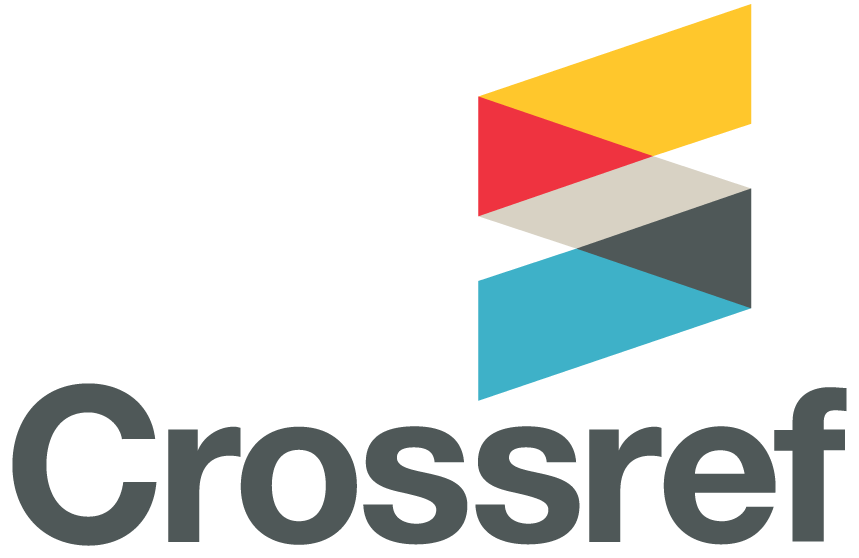Upper lip cross sectional area after correction of anterior maxillary segment using three sided mucoperiosteal flap
DOI:
https://doi.org/10.32828/mdj.v2i1.1060Keywords:
Upper lip, 3 - sided mucoperiosteal flap, cephalometric radiograph, simpon roleAbstract
Abstract:
All previous studies concerning the soft tissue changes associated with upper
jaw osteotomy related to the use of the most common approaches to the anterior
maxilla i.e. Wassmund, Wunderer and Cuper approach. Few of these directed to
assess the upper lip cross sectional area as a factor in prediction pmpose. A new
approach by mean of 3-sided mucoperiostcal flap adopted in this study to expose the
premaxilla. From the clinical observation, there is slight lengthening ofthe upper lip
after surgery.
This study conducted to assess the upper lip cross sectional area after
maxillary segmental setting up osteotomy using this approach(for prediction purpose),
and assess the validity of the use of the 3-sided mucoperiosteal flap.
Presurgical and post surgical cephalometric radiographs of (9) patients were
compared by superimposition of acetate tracings on special references. Cross
sectional lip area then calculated presurgically and at two intervals following surgical
intervention (immediately after surgery i.e. with in 2 days and the longest possible
post surgical follow up) using simpson role.
Analysis of data showed that the cross sectional lip area significantly
increased by a mean of 38% ranged (23% - 58%) immediately after surgery. While at
about 3 months interval, it became about 17% ranged (2% — 34%) the study showed
also an acceptable accessibility with the use of this 3-sided flap.
Downloads
Published
License

This work is licensed under a Creative Commons Attribution 4.0 International License.
The Journal of Mustansiria Dental Journal is an open-access journal that all contents are free of charge. Articles of this journal are licensed under the terms of the Creative Commons Attribution International Public License CC-BY 4.0 (https://creativecommons.org/licenses/by/4.0/legalcode) that licensees are unrestrictly allowed to search, download, share, distribute, print, or link to the full texts of the articles, crawl them for indexing and reproduce any medium of the articles provided that they give the author(s) proper credits (citation). The journal allows the author(s) to retain the copyright of their published article.
Creative Commons-Attribution (BY)








